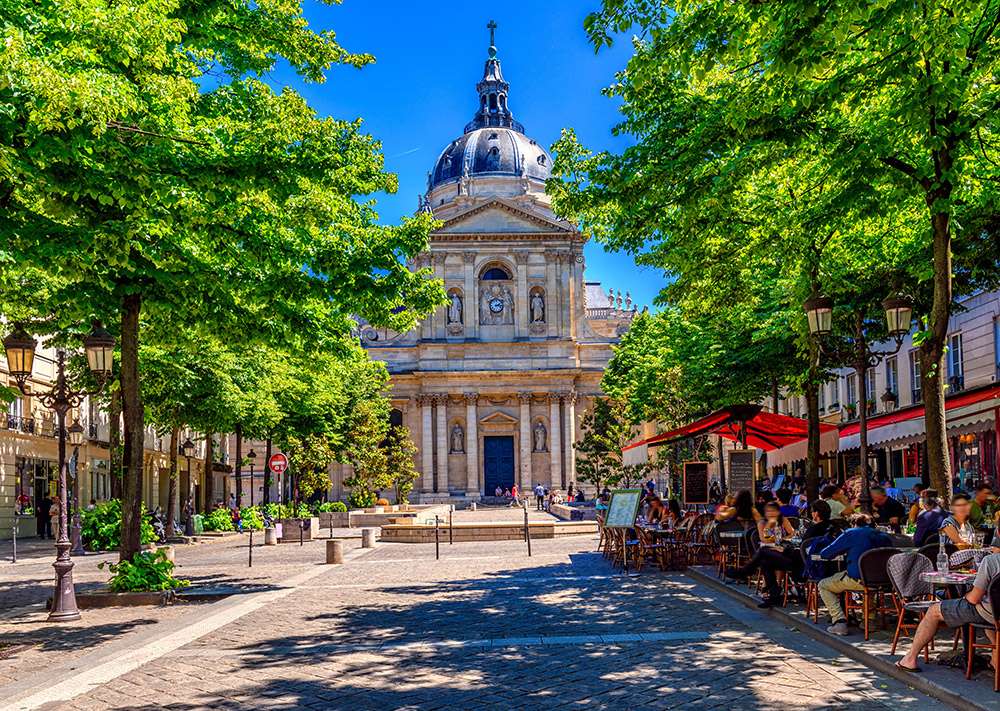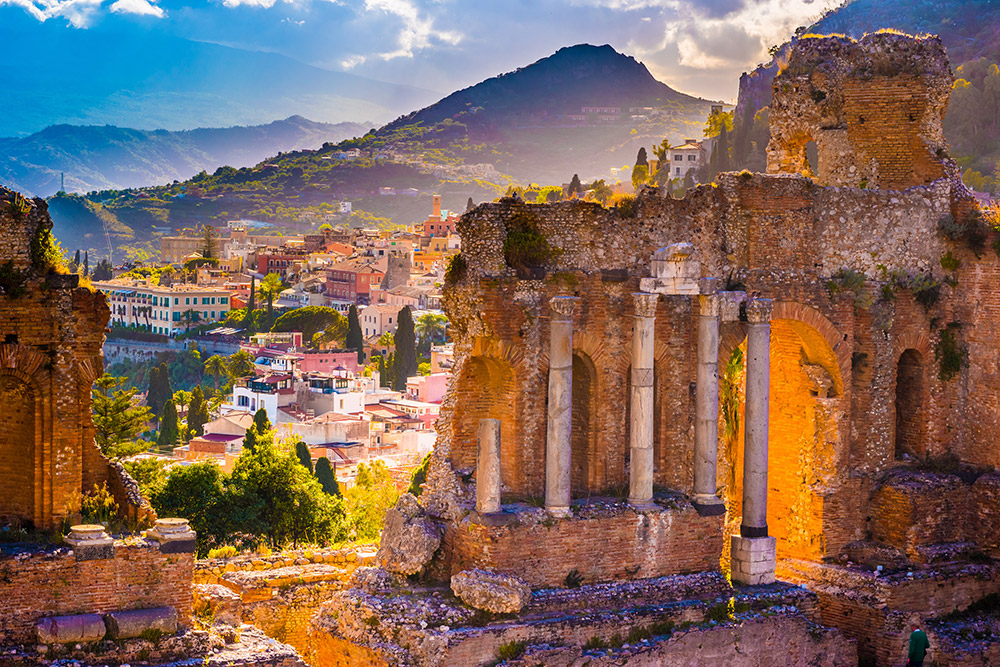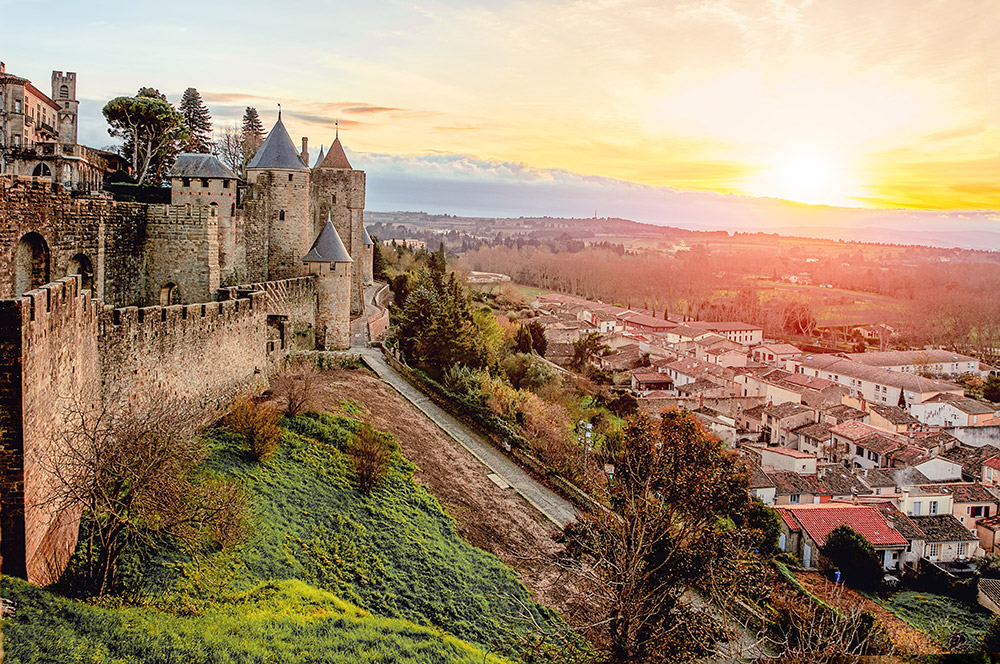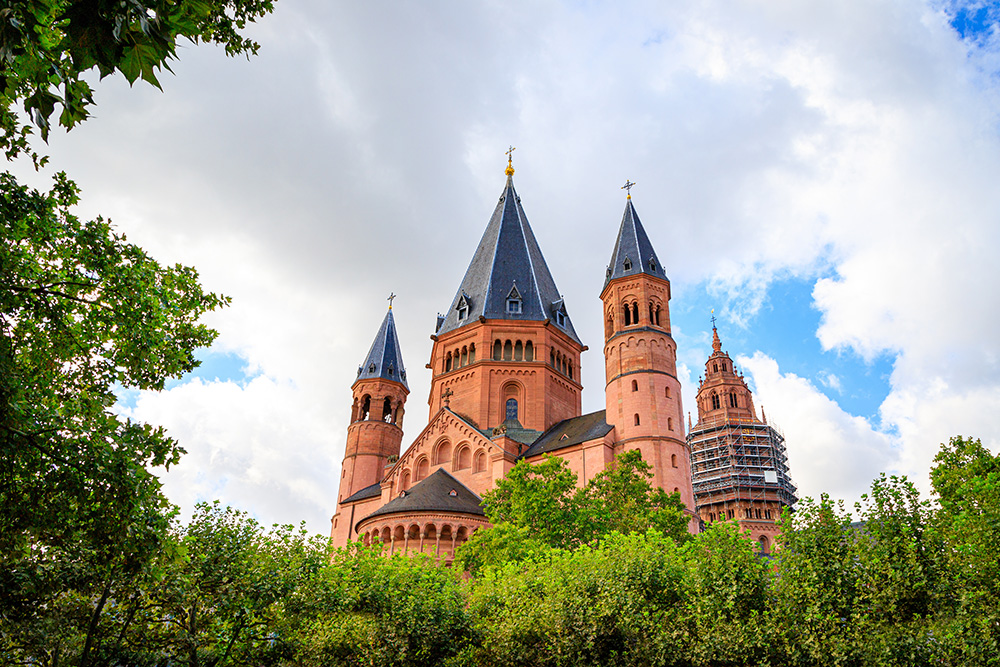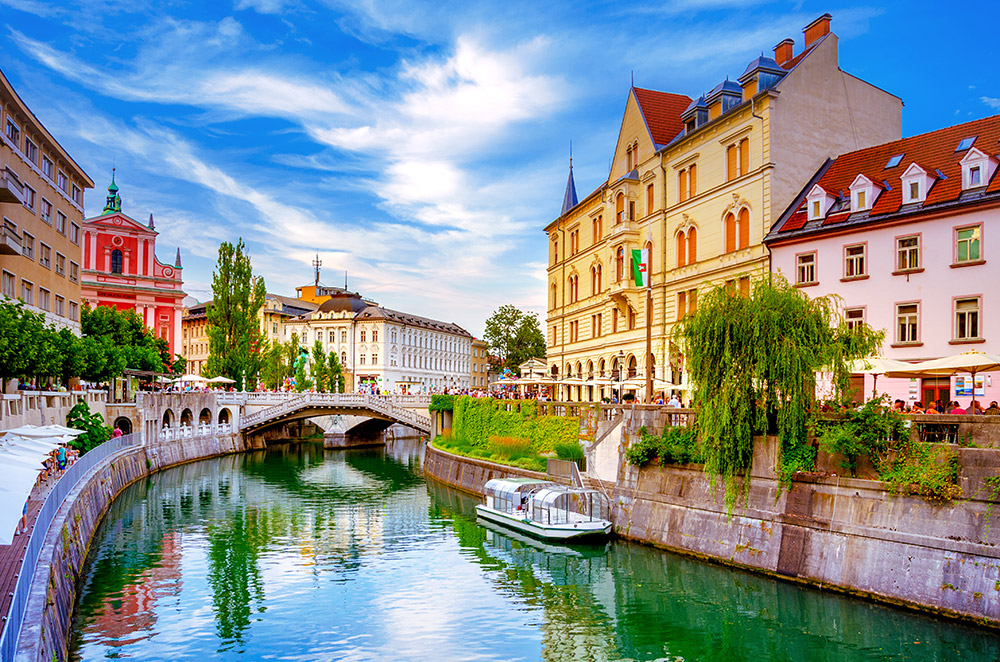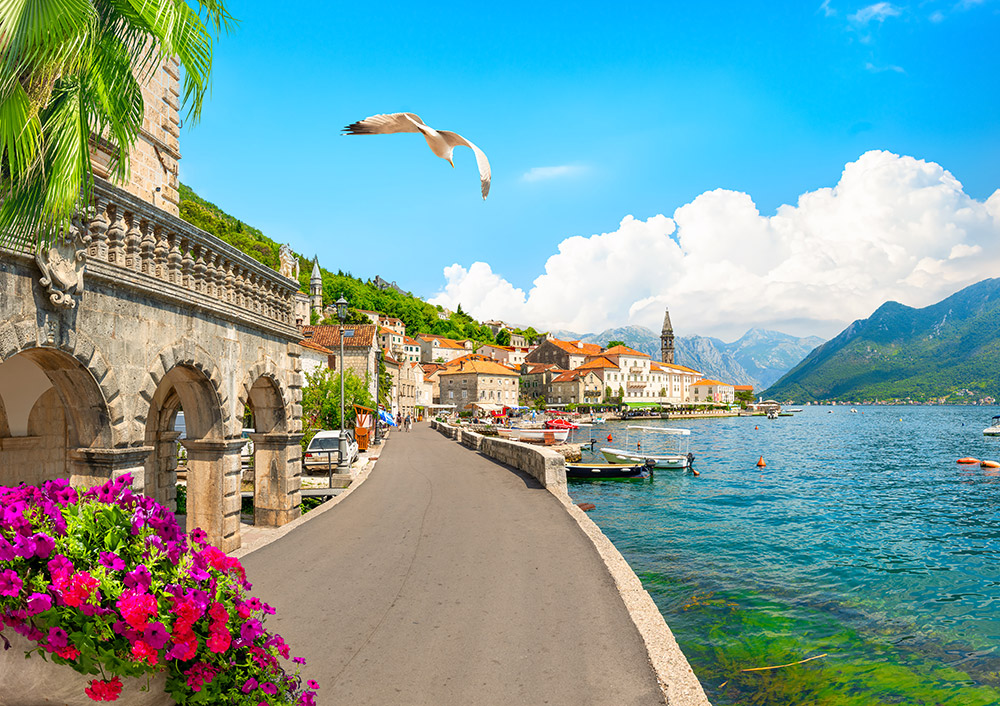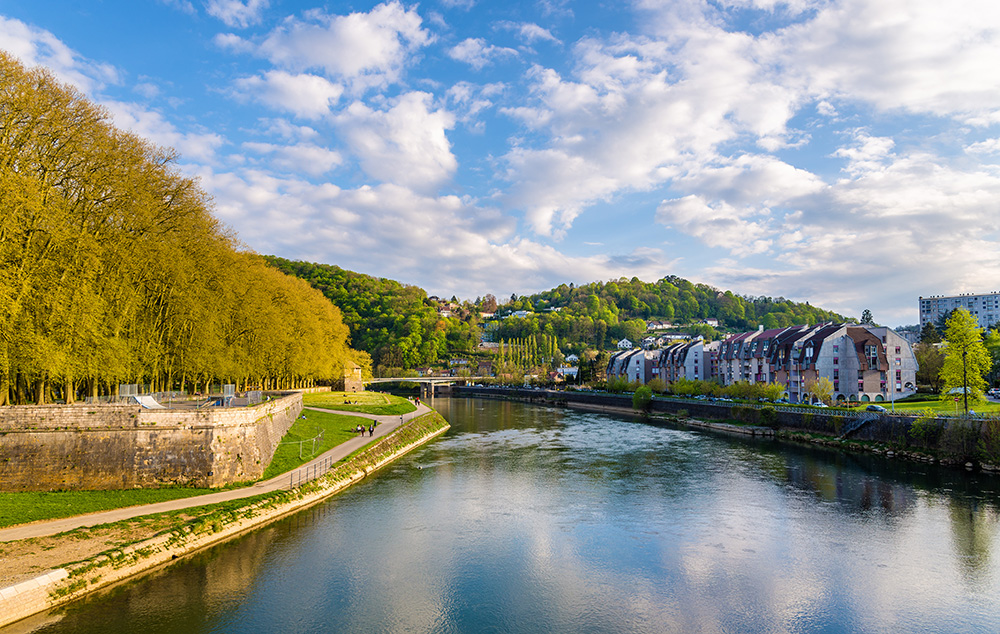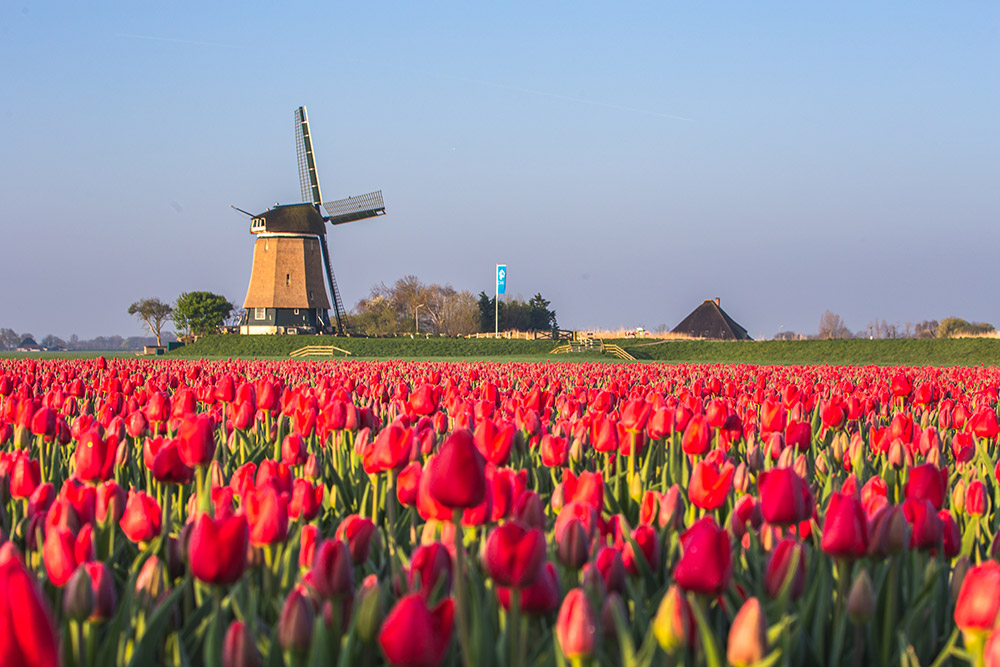Embark on a fascinating walking tour through the magical city of Paris, the capital of France, brimming with sites and points of interest for visitors. These walking routes promise an unparalleled experience in a city steeped in history and culture, providing an opportunity to absorb its charm and storied history.
Popular itinerary in Paris, France:
The suggested walking tour begins at the Bastille subway station and concludes in the Latin Quarter. The route covers just over three miles, and the duration of the tour is flexible, allowing you to tailor your exploration based on the number of points you choose to explore. Whether you opt for a half-day excursion or extend it over several days to explore museums, cafes, tourist attractions, and shopping, the tour offers a dynamic and customizable experience.
Setting off from the Bastille metro station, you’ll head to the Place de la Bastille, a square steeped in the revolutionary history of France. Here stood the Bastille fortress, stormed by revolutionaries in 1789. Today, it is a vibrant center, housing the New Opera and many cafes. The July Column, commemorating the July Revolution of 1830, stands at its center.
Continuing from the square, proceed along Rue De Rivoli for about 1600 feet until you see a sign directing you to the right, to the narrow path leading to Cour et Jardin de l’Hôtel de Sully. Hôtel de Sully is a magnificent 17th-century mansion, showcasing outstanding French Renaissance architecture and classical French design. Its courtyard boasts stunning symmetrical designs, sculptures, and intricate details reflecting the opulence of its era, and its well-maintained gardens and remarkable Gothic architectural elements introduce us to the Le Marais neighborhood.
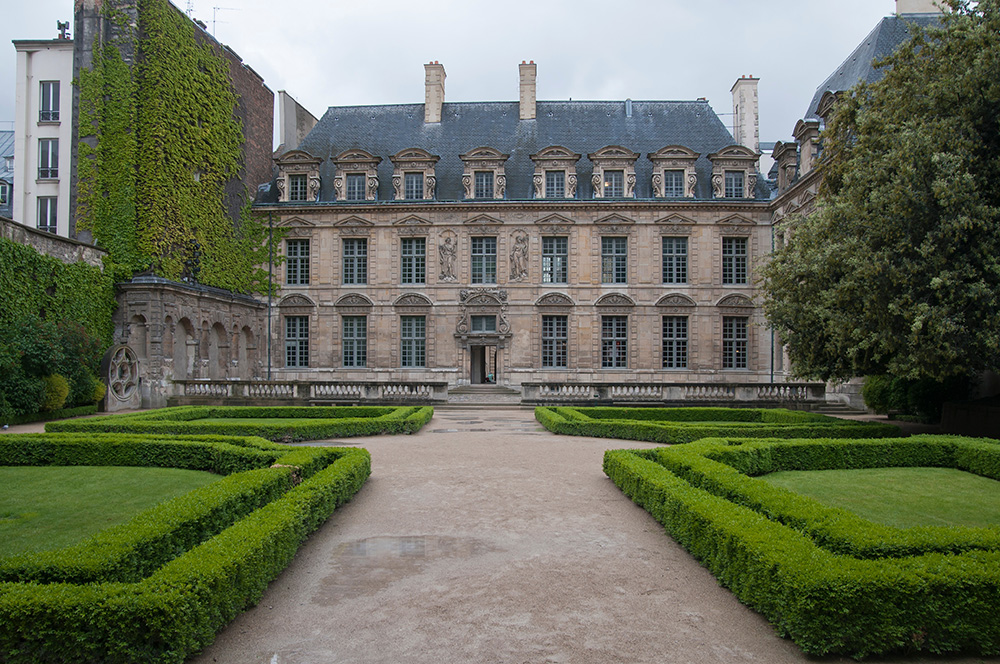
Emerging from the western section of the courtyard, you’ll be in Place des Vosges, one of Paris’s most iconic and refined squares, renowned for its graceful architecture and charming ambiance. As the oldest planned square in Paris, it is surrounded by picturesque red-brick buildings with distinctive ground-floor arcades. Each of the thirty-six symmetrically arranged structures enhances the square’s unique charm. The elegant architecture, prominent sloping roofs, and distinctive windows create a wonderful harmony. The central garden, adorned with a whimsical fence and carefully arranged flowerbeds, invites visitors to unwind on the well-manicured lawns or enjoy a leisurely stroll along the symmetrical paths and gardens. At the center of the square stands the proud statue of Louis XIII on his horse.
On the eastern side, you’ll find Maison de Victor Hugo, once the residence of the famous author. The building has been transformed into a museum showcasing the literary genius behind “Les Misérables” and “The Hunchback of Notre-Dame,” and it houses a collection of his personal belongings, handwritten manuscripts, and artistic creations.
Crossing the square to the opposite corner, proceed along Rue des Francs-Bourgeois for about 650 feet until you reach Musée Carnavalet. This museum, housed in two magnificent urban mansions, documents the rich history of the city from its early beginnings to the present day. The museum features an extensive collection of artifacts, paintings, and sculptures and chronicles Parisian life, politics, culture, and art over the centuries. Visitors can explore exhibitions ranging from archaeological finds to exquisite furniture, providing insights into the diverse heritage of the city. The galleries of the Carnavalet Museum brilliantly depict different eras and highlight key moments such as the French Revolution and the Belle Époque period. The displays are meticulously curated, including faithfully restored period rooms and impressive works of art.
When you exit the museum, head towards Rue de Sévigné, then turn left onto Rue du Parc Royal, continuing straight until you reach the Musée National Picasso. The museum, housed in the stunning Hôtel Salé, is a testament to Picasso’s artistic genius. It displays a comprehensive collection of about 5,000 of his paintings, sculptures, and ceramic works and offers an immersive experience into the revolutionary creativity and thoughts of the most influential artist of the 20th century.
As you exit the museum on Rue Vieille-du-Temple, turn right onto Rue des Francs-Bourgeois, which becomes Rue Rambuteau, leading to the Pompidou Centre. This is the district of Le Marais, renowned for its distinctive streets and historical architecture. Le Marais offers a delightful blend of old-world charm and contemporary culture, showcasing an eclectic mix of attractions, from medieval structures and elegant squares to trendy boutiques, art galleries, and cafes.
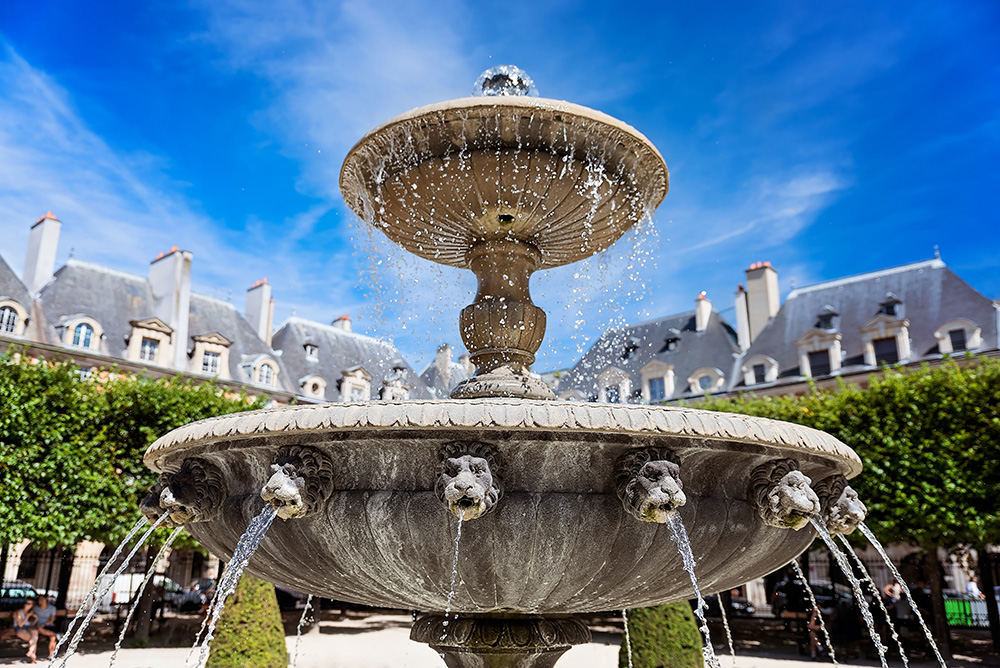
The distance from the Picasso Museum to Le Centre Pompidou is just over half a mile. Le Centre Pompidou includes the National Museum of Modern Art, which presents an extensive collection of contemporary art and impressive exhibitions. In the center’s plaza, you’ll see the Stravinsky Fountain, featuring kinetic sculptures inspired by the works of Igor Stravinsky and created by renowned artists Jean Tinguely and Niki de Saint Phalle.
Continuing your stroll through the Les Halles district, historically significant as Paris’s primary food market and a massive burial ground, you will come to the Forum des Halles. This modern shopping complex is adorned with metal canopies containing shops, restaurants, and entertainment venues. Situated on the outskirts of the district is Église Saint-Eustache, a masterpiece of Gothic architecture featuring unique sculptures, magnificent windows, and renowned stained glass. The church is also known for its magnificent pipe organ, creating an exceptional acoustic environment for the impressive concerts held there.
From Place de l’Hôtel, head down Boulevard de Sébastopol and turn left onto Rue de Rivoli, passing over the narrow bridge known as Tour Saint-Jacques. This Gothic tower was originally part of the Saint-Jacques-de-la-Boucherie church, and it holds historical significance as a departure point for pilgrims walking to Santiago de Compostela. Continuing on Rue de Rivoli, you will reach the Hôtel de Ville.
The Hôtel de Ville, or City Hall, is an architectural gem with a Renaissance-style façade adorned with sculptures and intricate details. This historic building serves as the seat of the city government and hosts numerous cultural events, exhibitions, and official ceremonies. Its expansive halls and ornate rooms provide an elegant backdrop for many cultural and artistic gatherings, symbolizing the city’s rich heritage and civic pride.
From City Hall, head towards the Seine River and turn right along its bank until you reach the Pont au Change Bridge. Crossing this bridge brings you to the heart of Paris, the Île de la Cité, leading to one of the most exceptional churches in the world, Sainte-Chapelle. This Gothic masterpiece is renowned for its stunning architecture and enormous stained glass windows depicting scenes from the Bible. The breathtaking beauty and the radiant rays of light filtering through its windows create a magical and unique atmosphere.
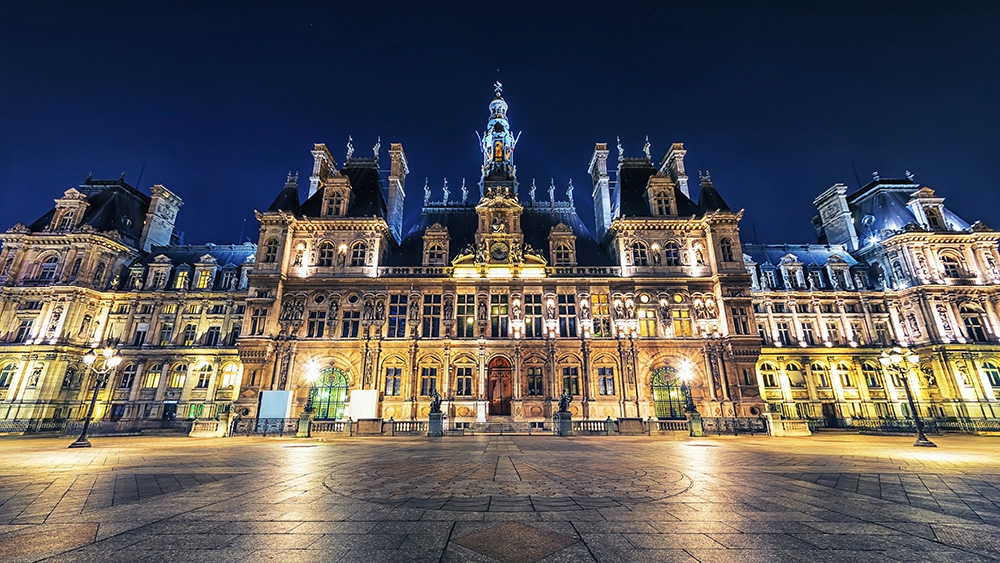
After visiting Sainte-Chapelle, cross the Seine River to the Latin Quarter on the opposite bank. This dynamic and historically significant quarter, situated on the left bank of the river, derived its name from the presence of Latin-speaking scholars during the medieval era. Within this lively neighborhood, you’ll find landmarks such as Sorbonne University, the iconic Panthéon, the serene Luxembourg Gardens (Jardin du Luxembourg), and the Cluny Museum (Musée de Cluny), dedicated to the Middle Ages. Housed in an historic building, the Cluny Museum boasts an impressive collection, notably featuring the renowned series of six 16th-century tapestries known as “Lady and the Unicorn.”
The cultural richness of the Latin Quarter, featuring theaters, jazz clubs, cabarets, and a diverse culinary scene, makes it a beloved destination for both locals and tourists alike.
